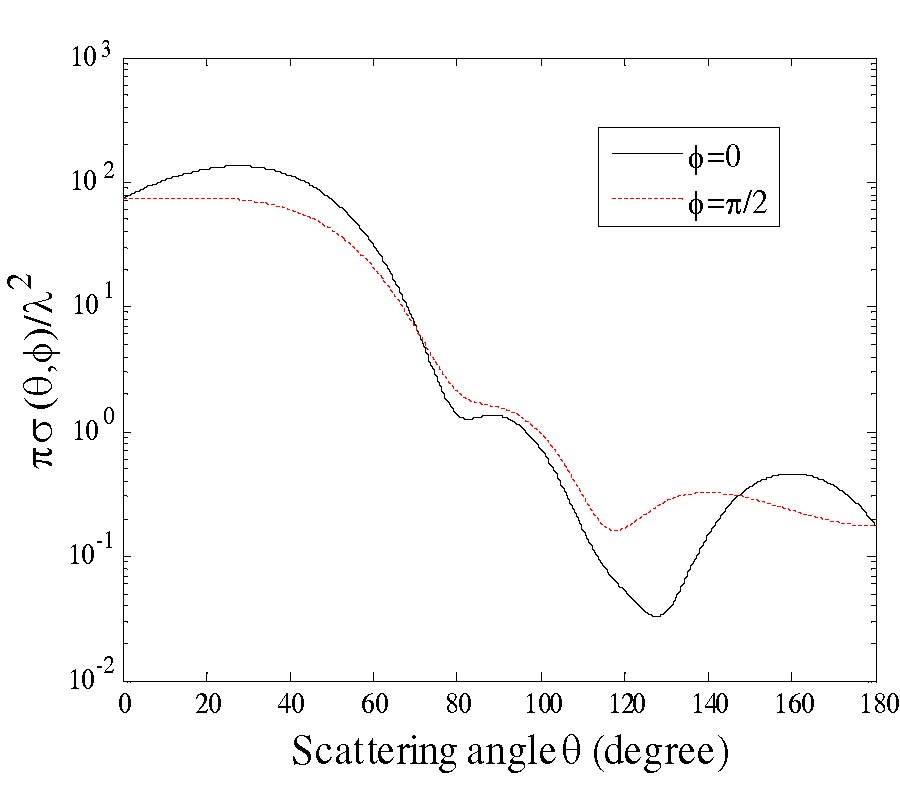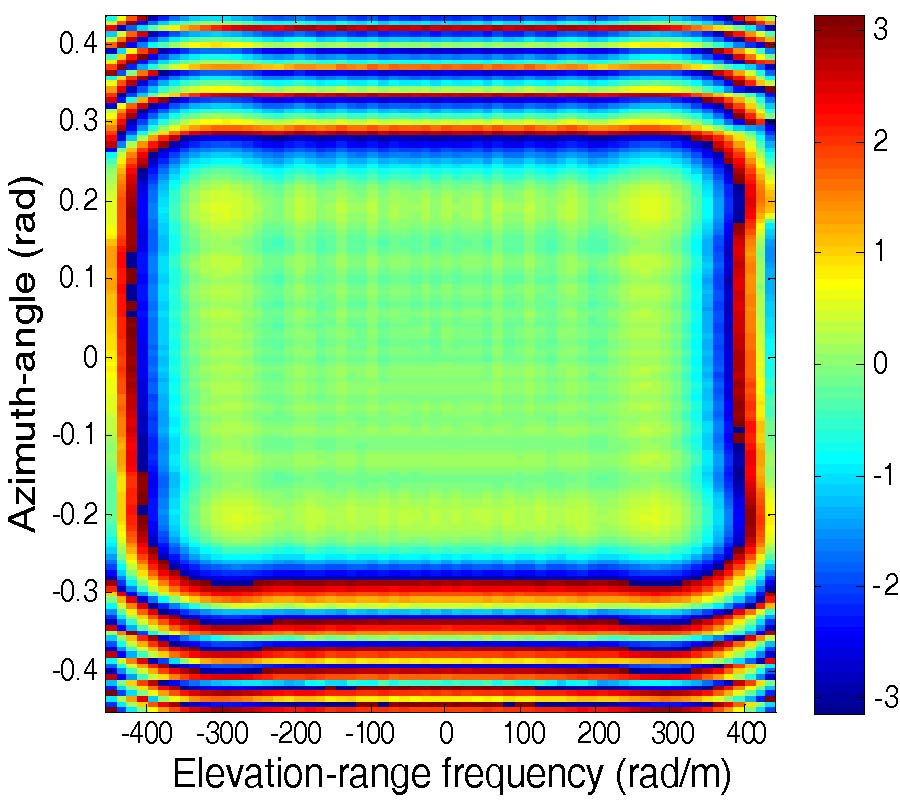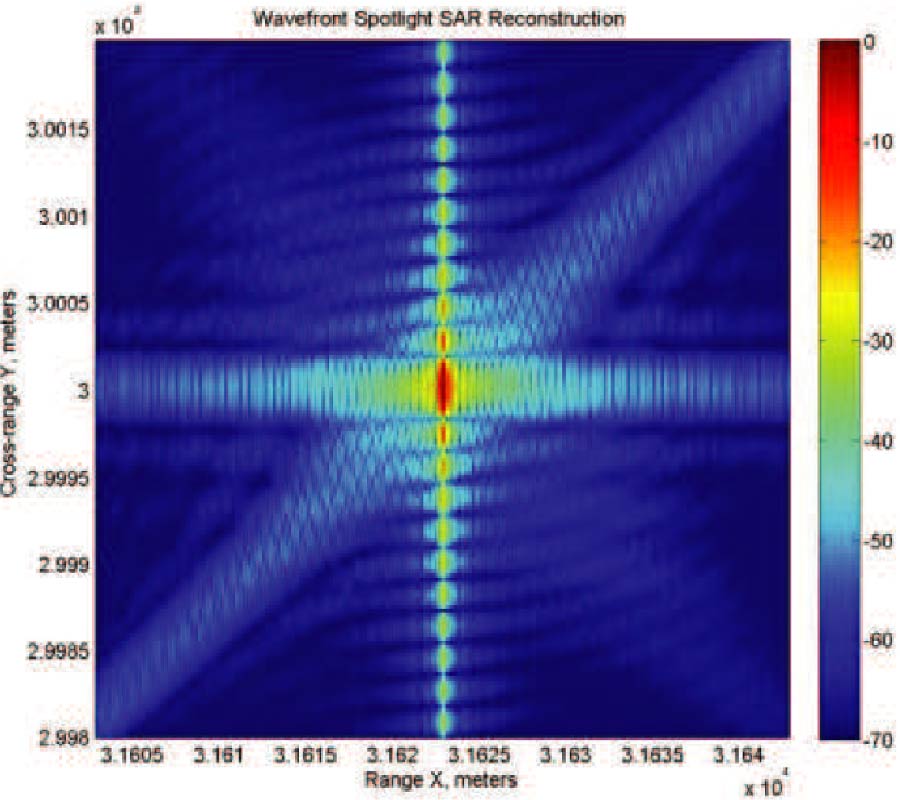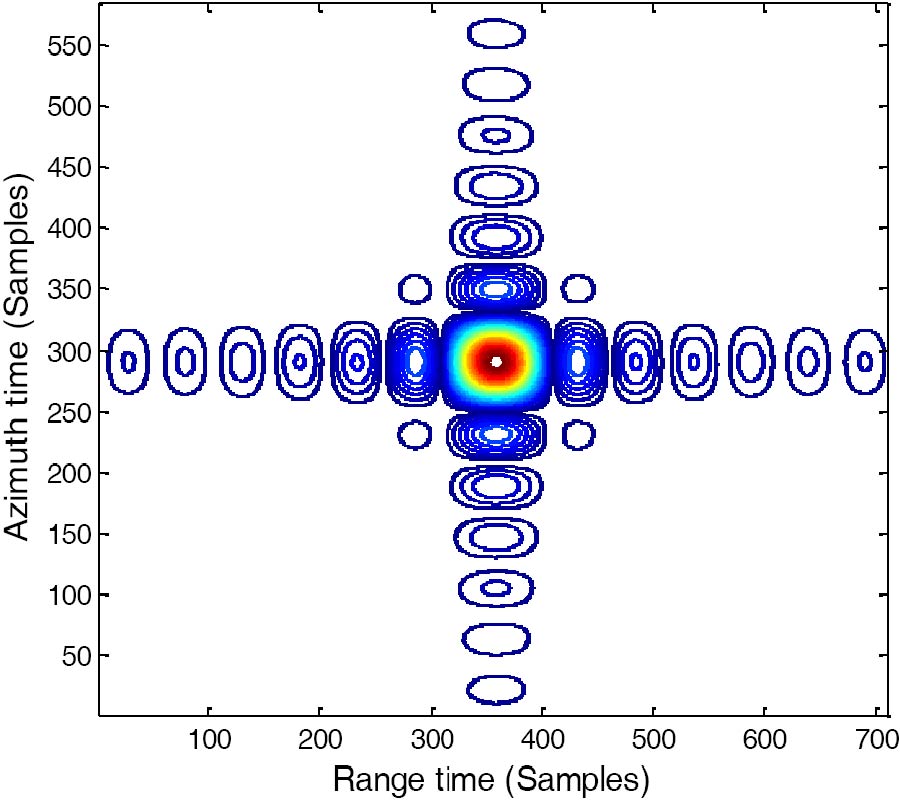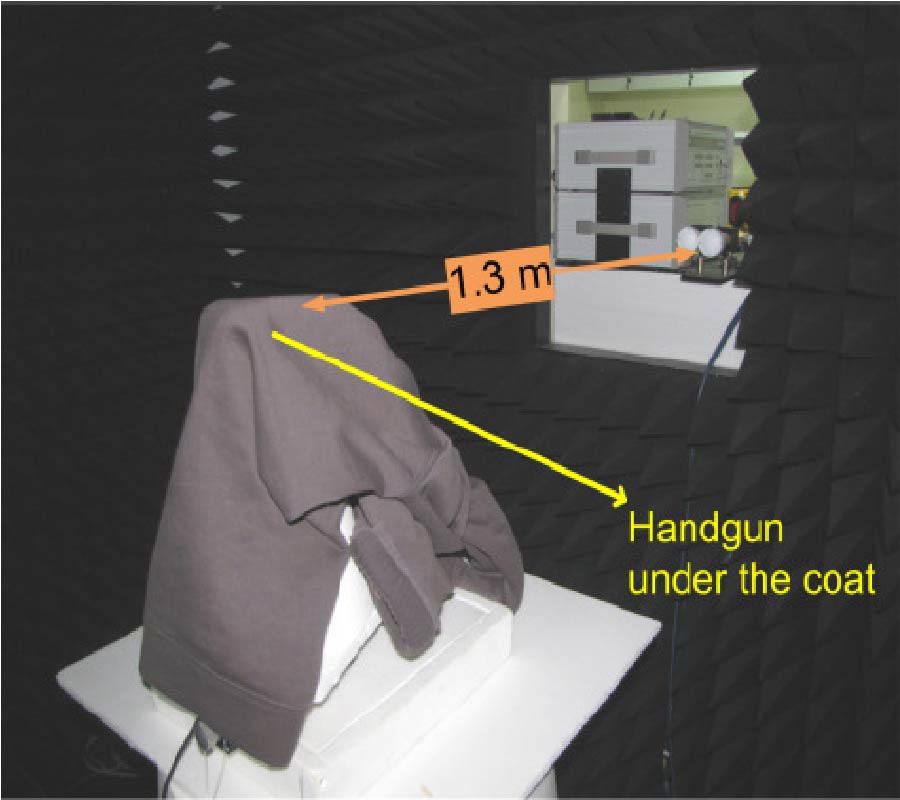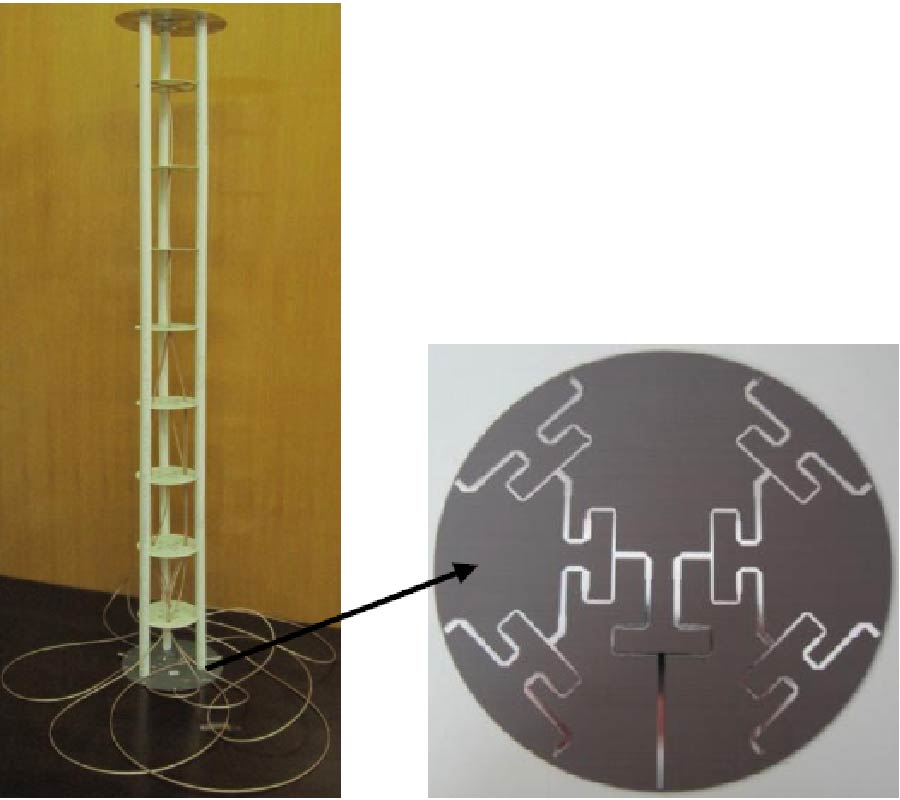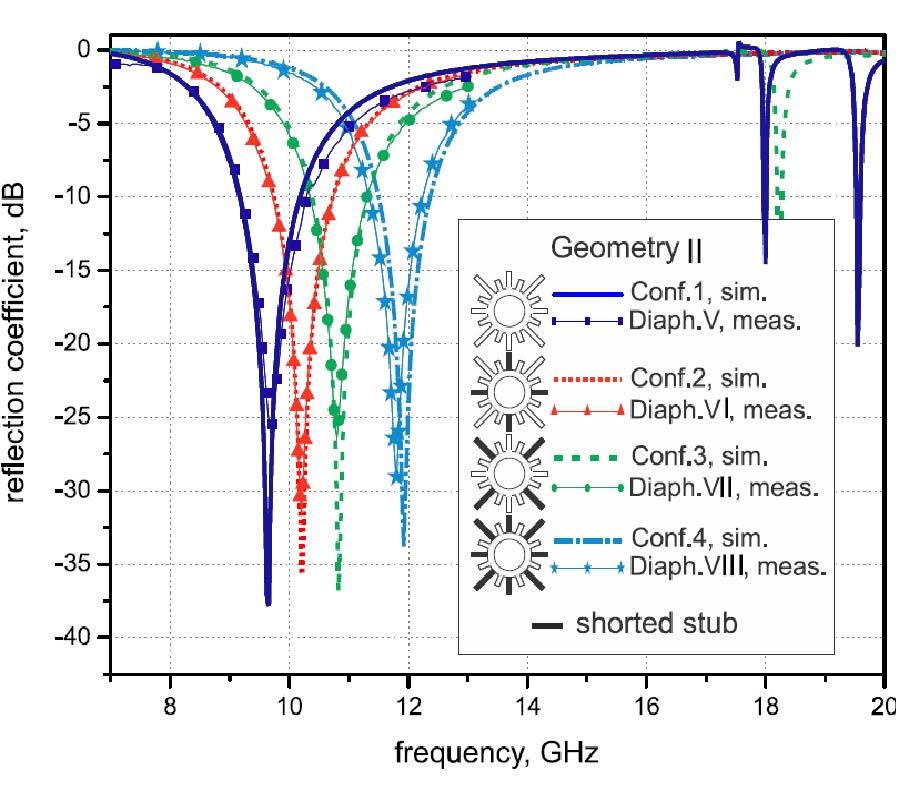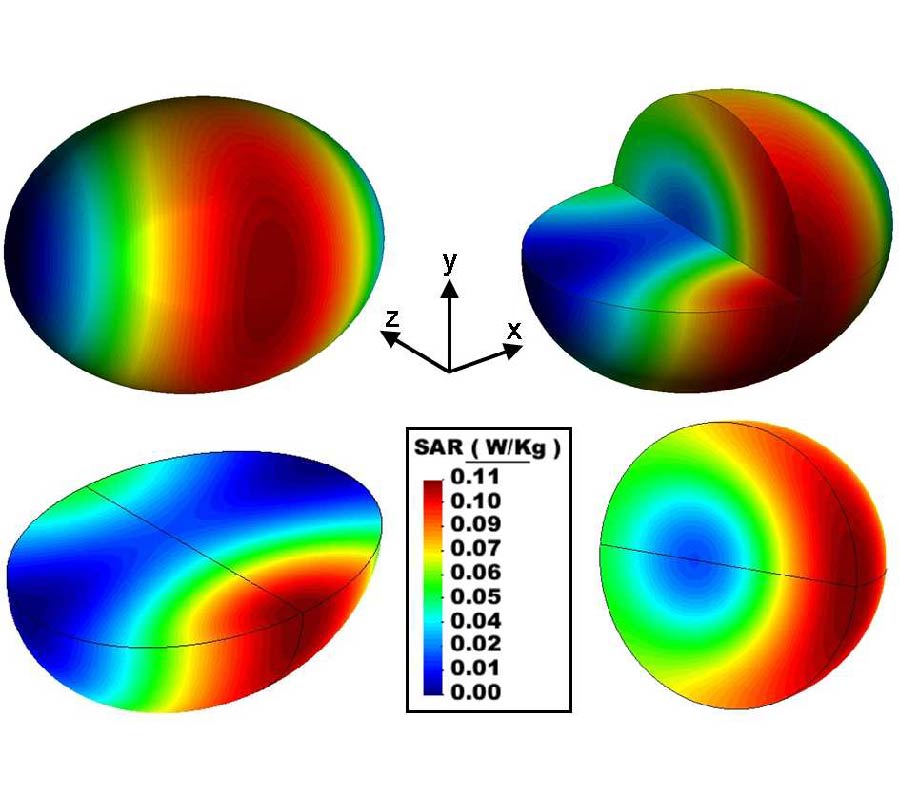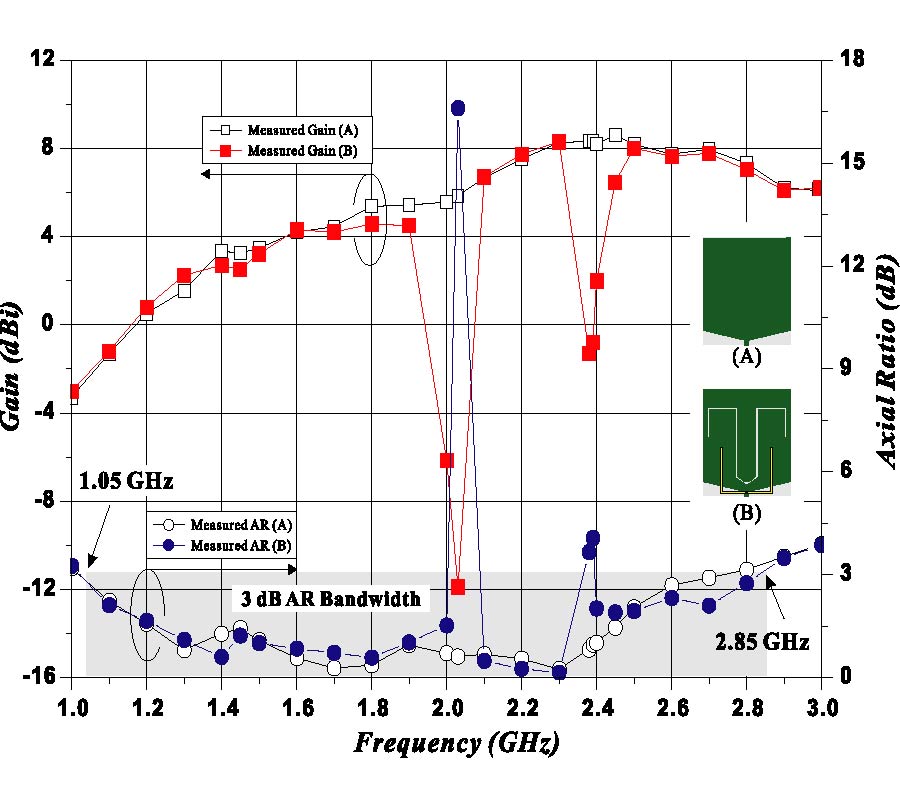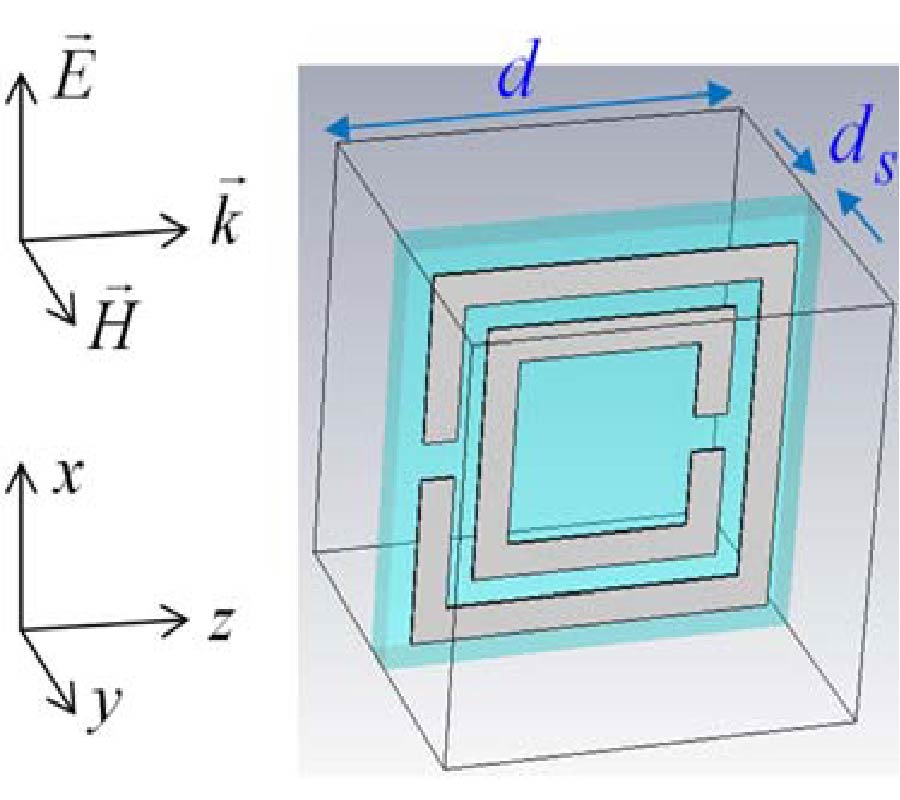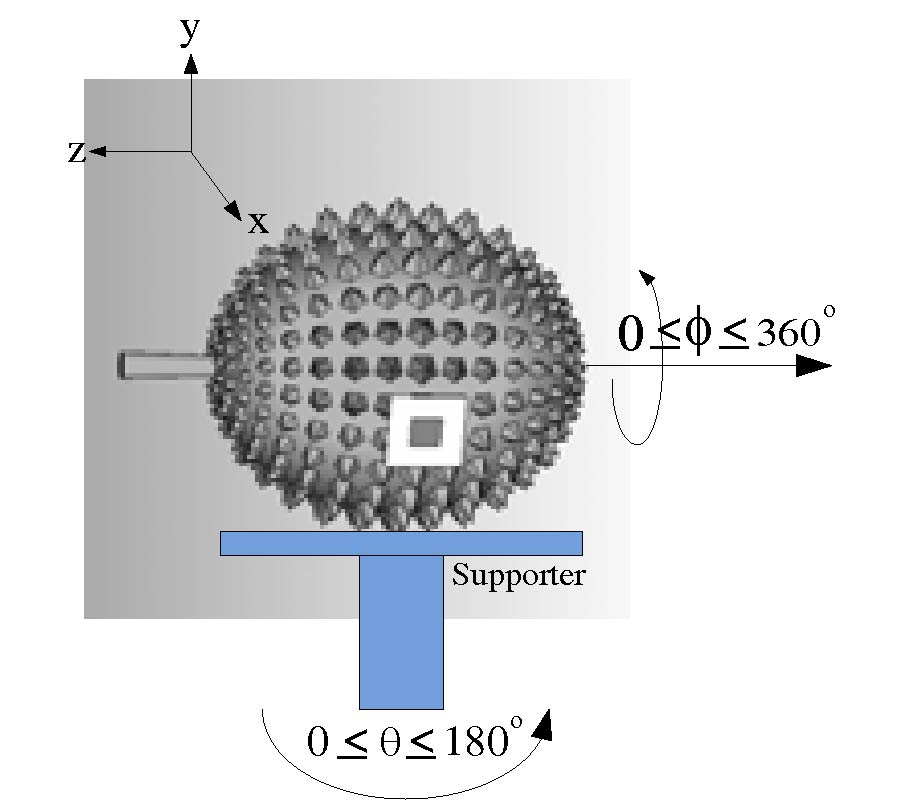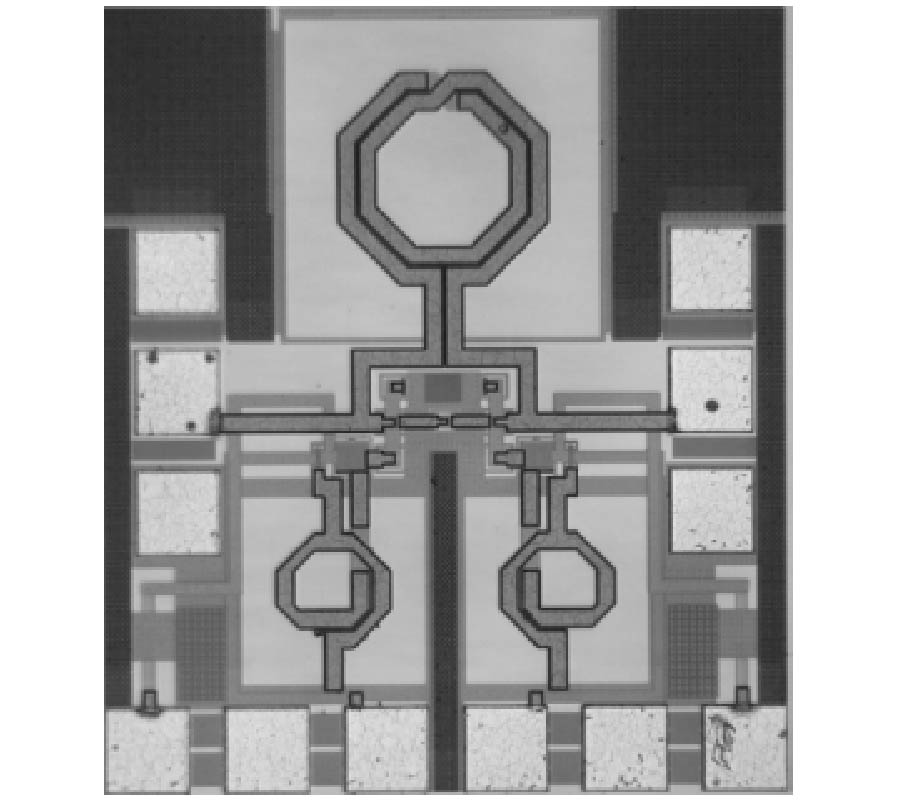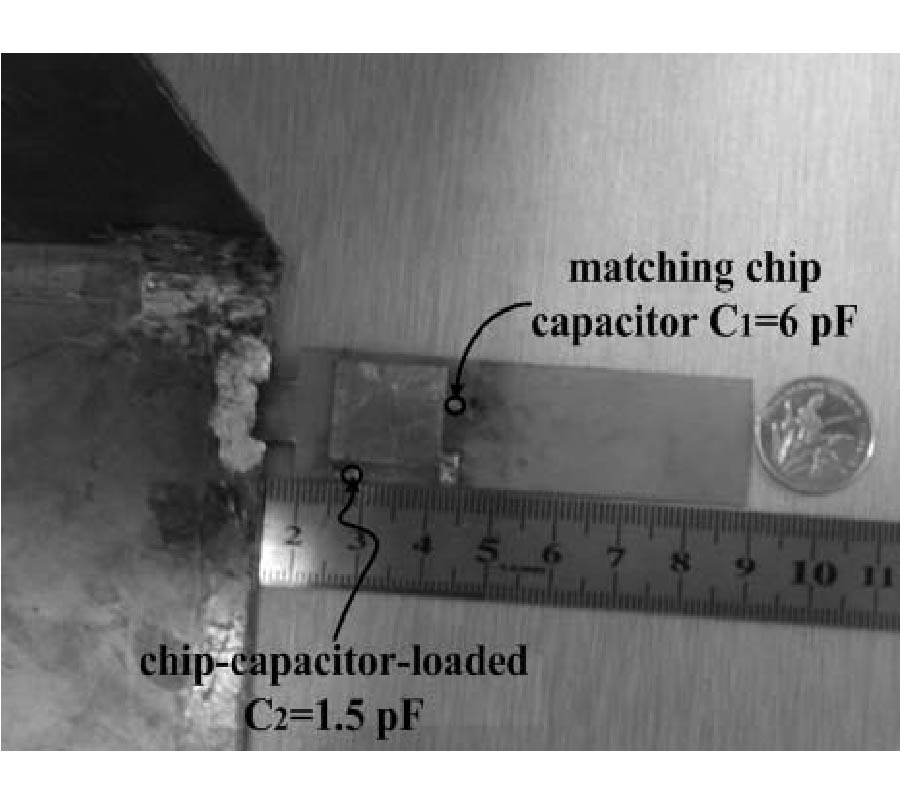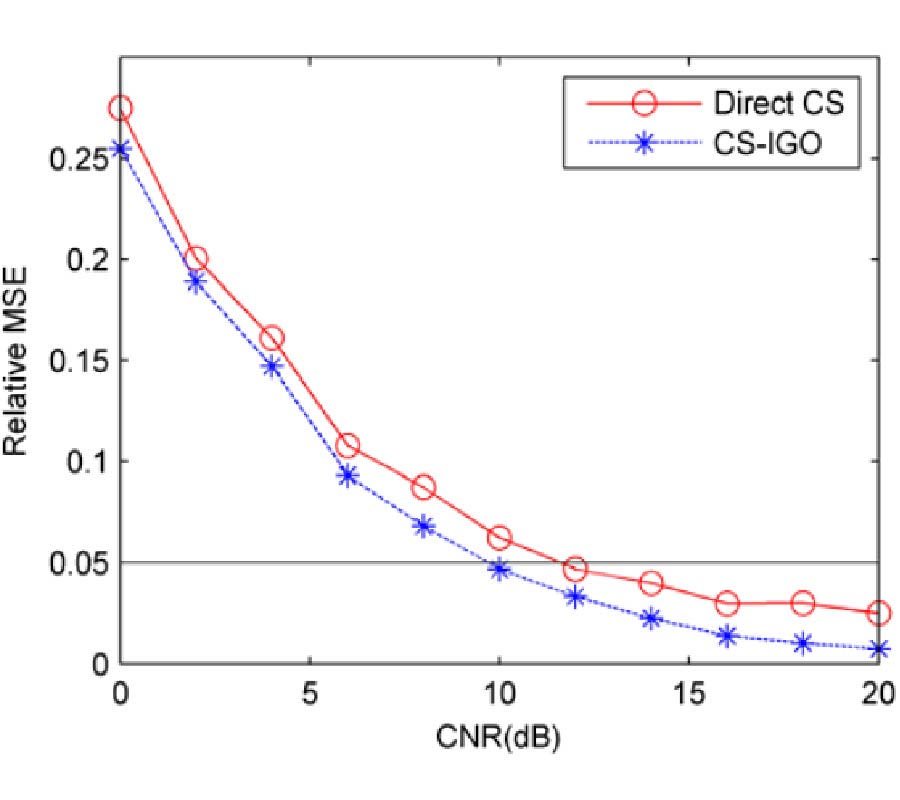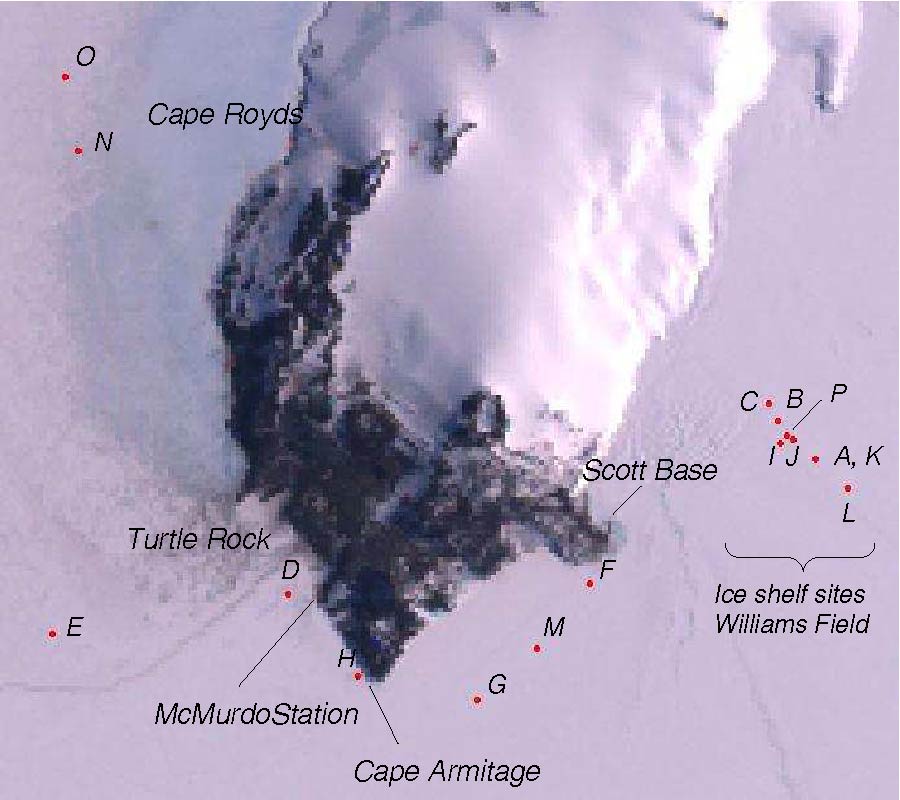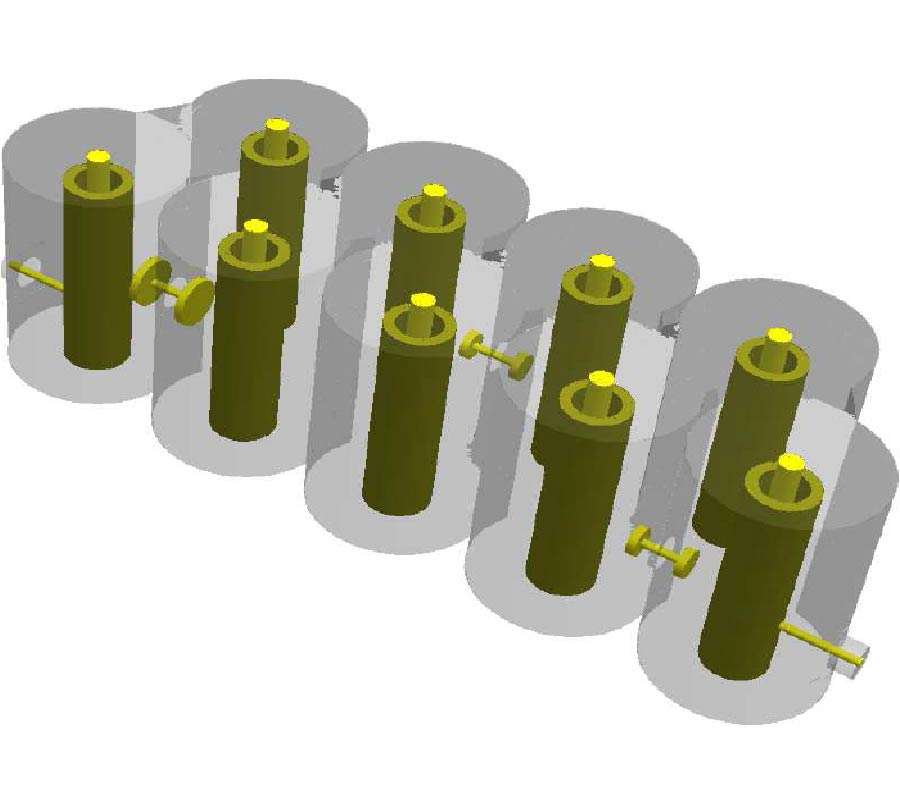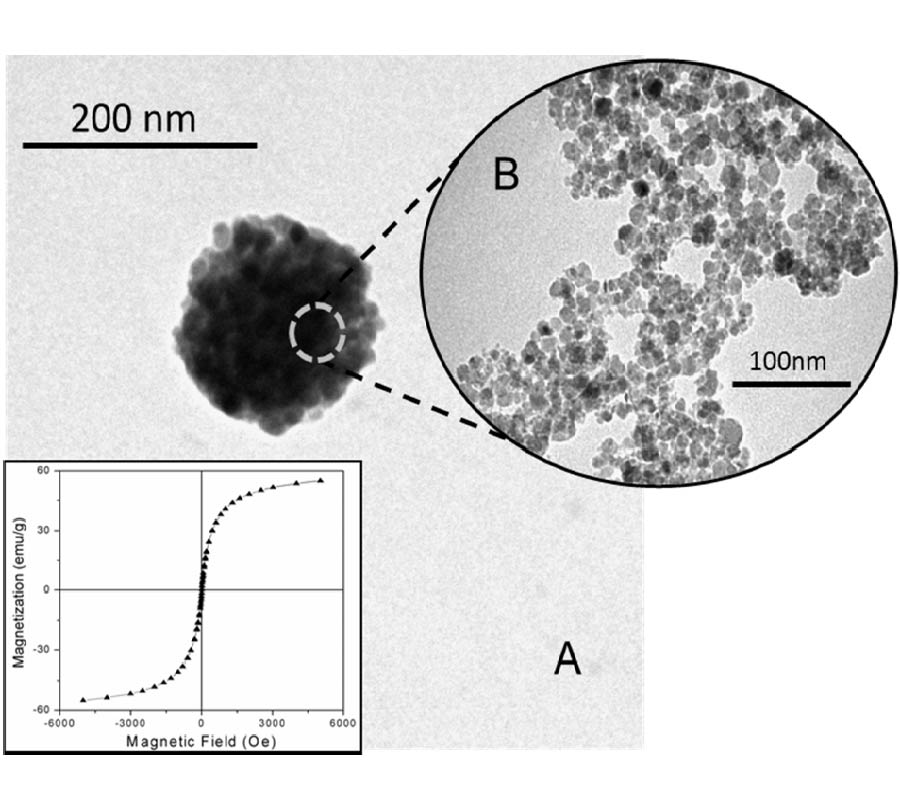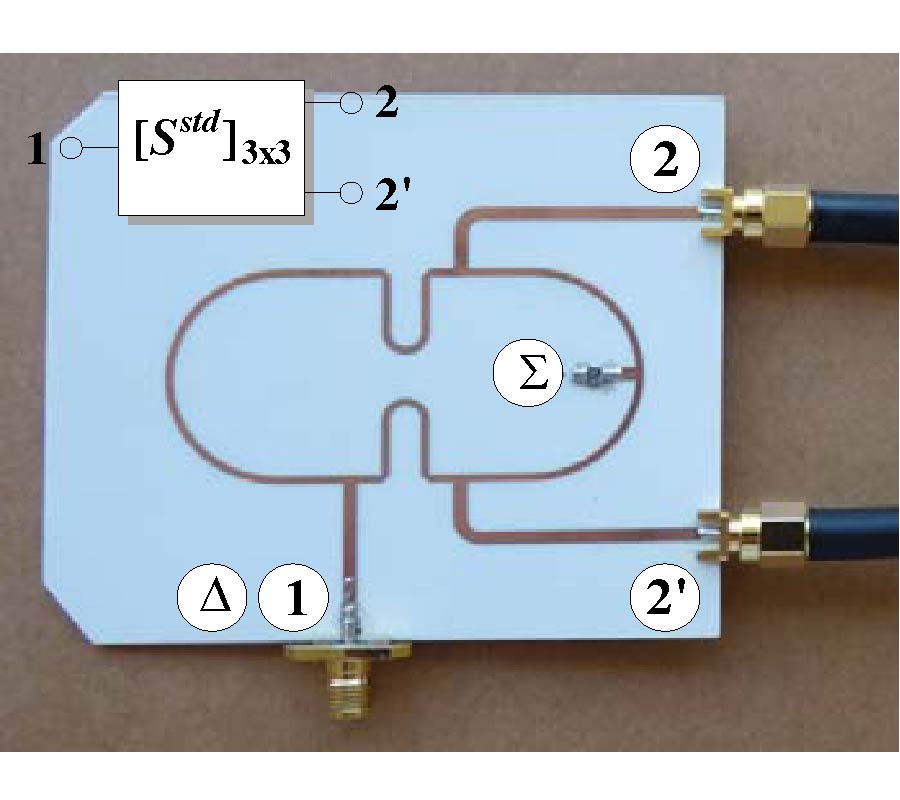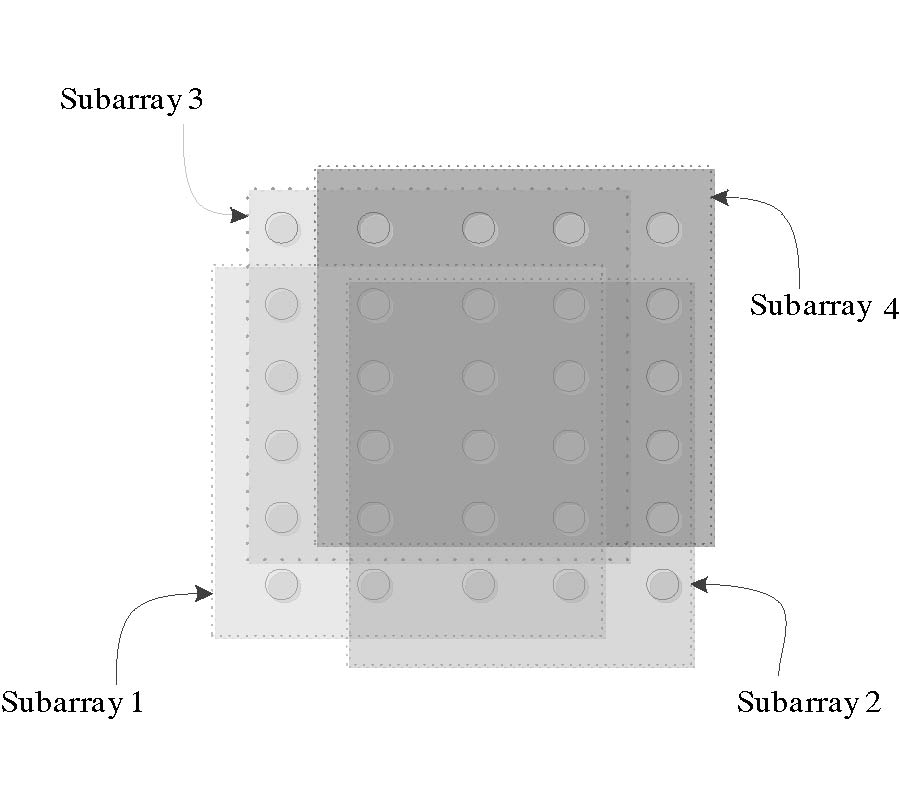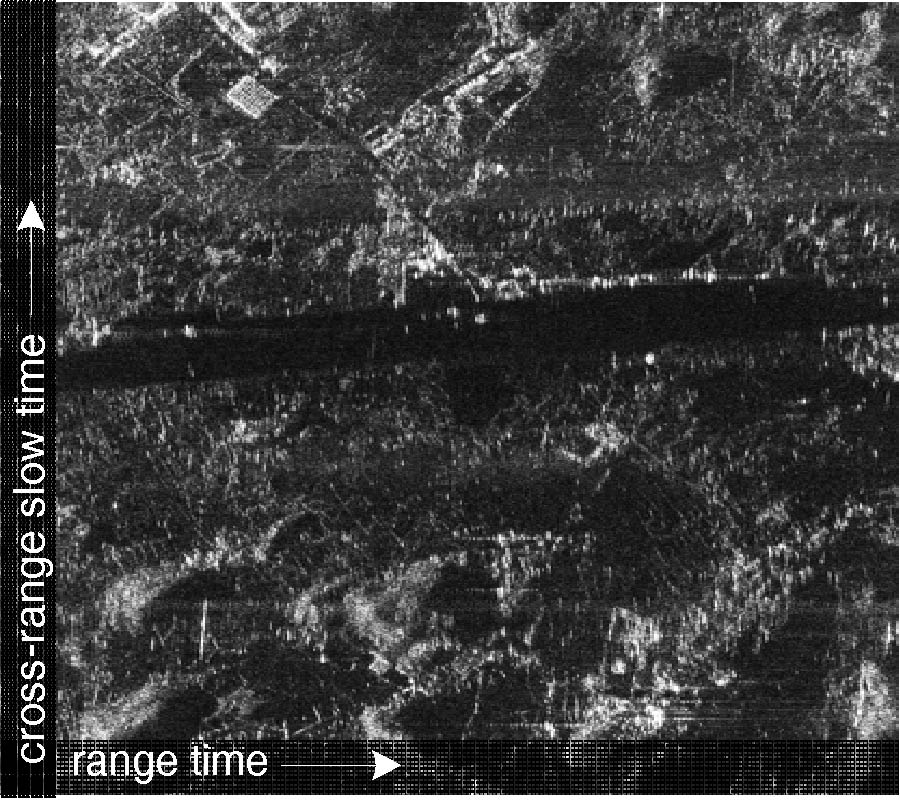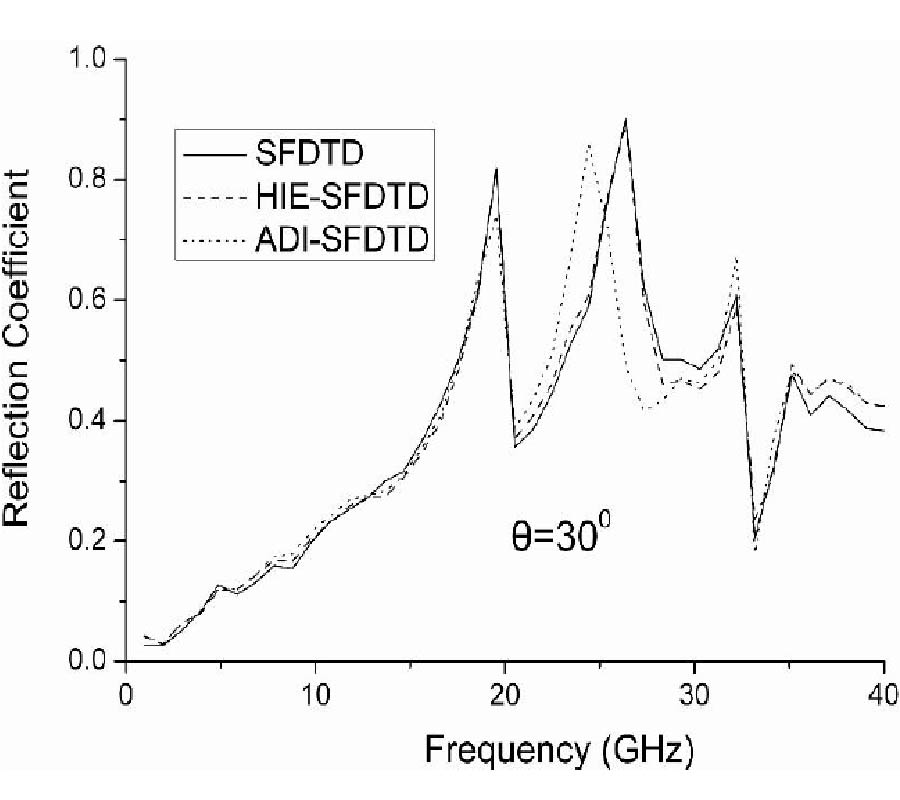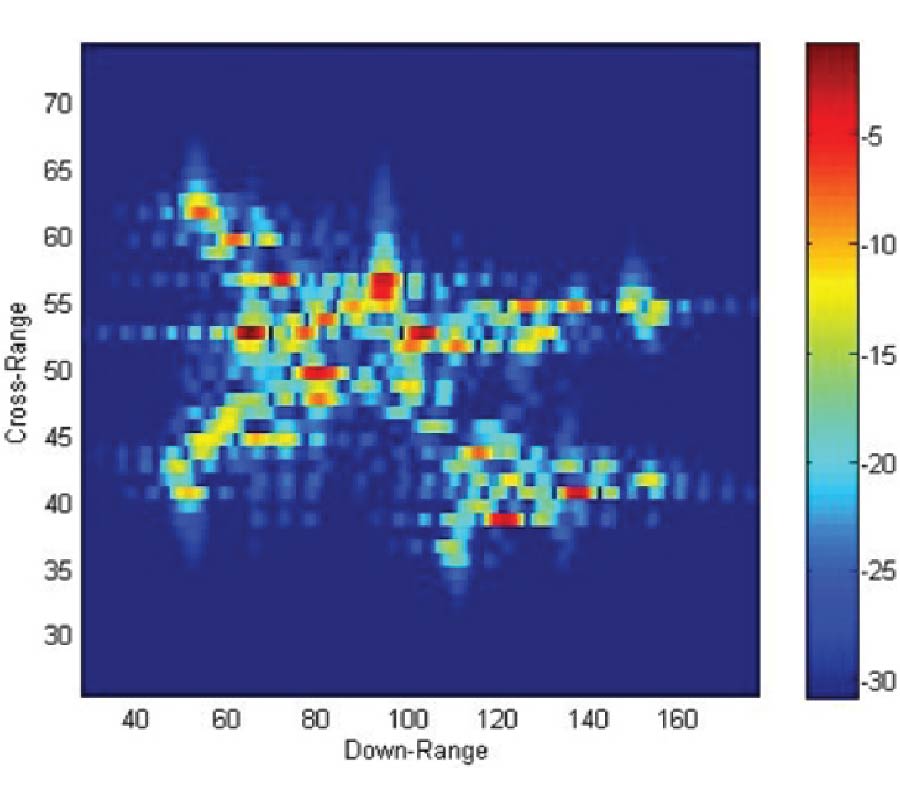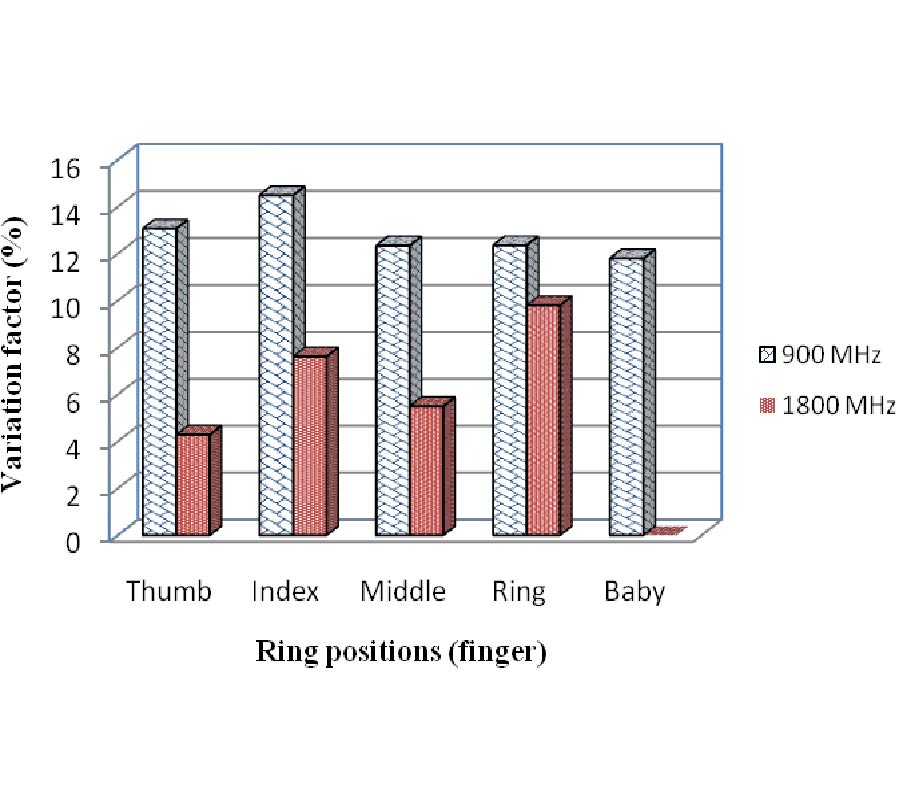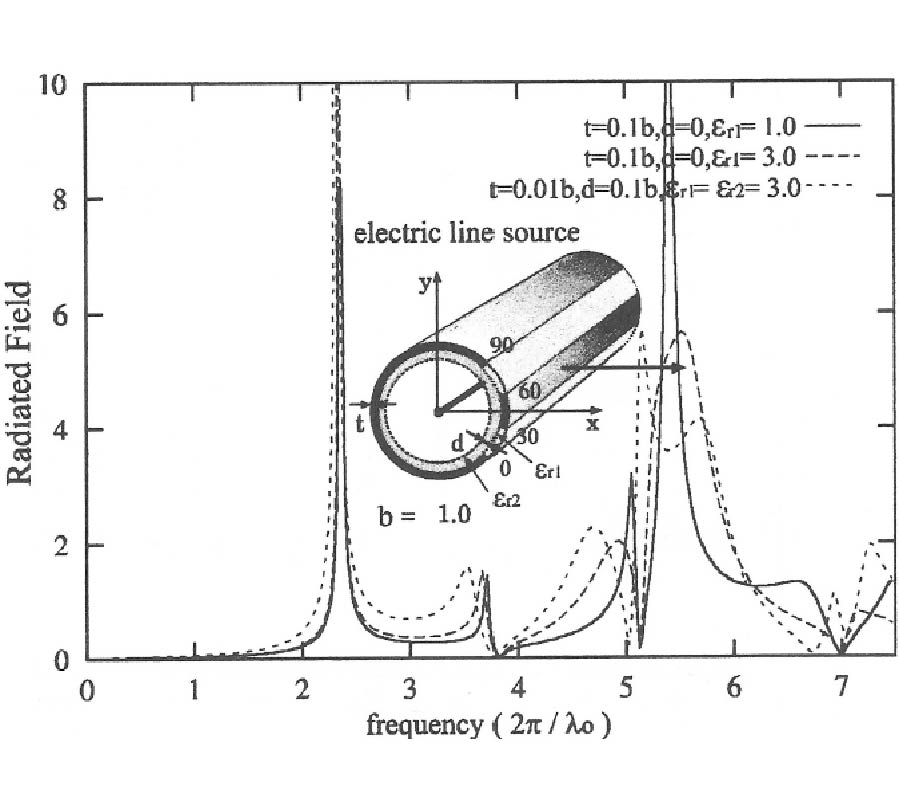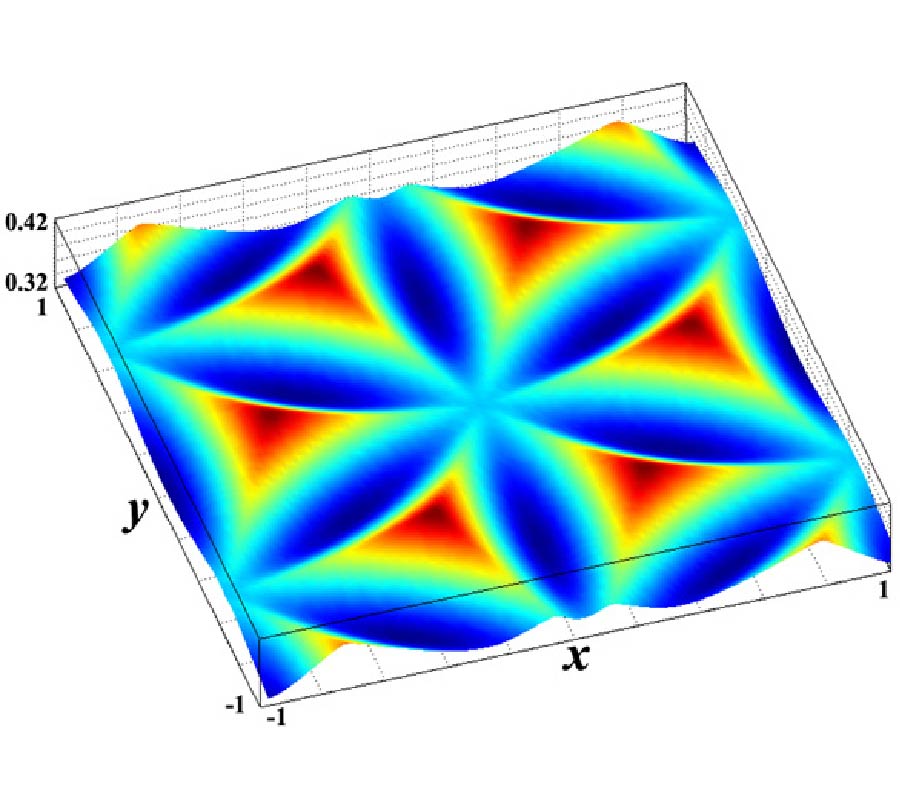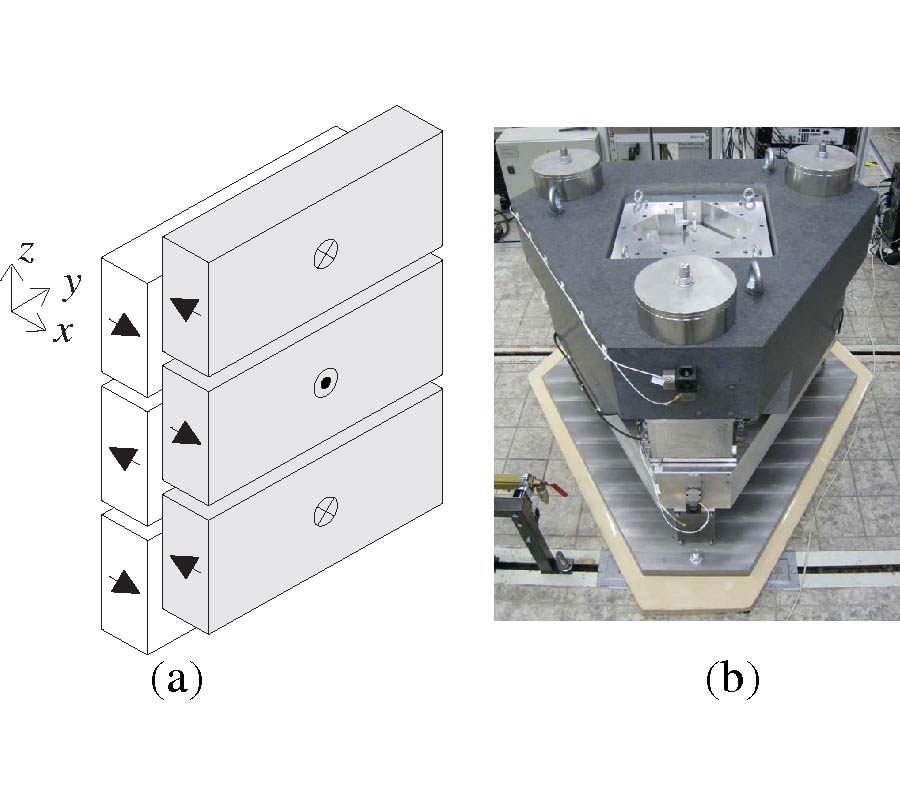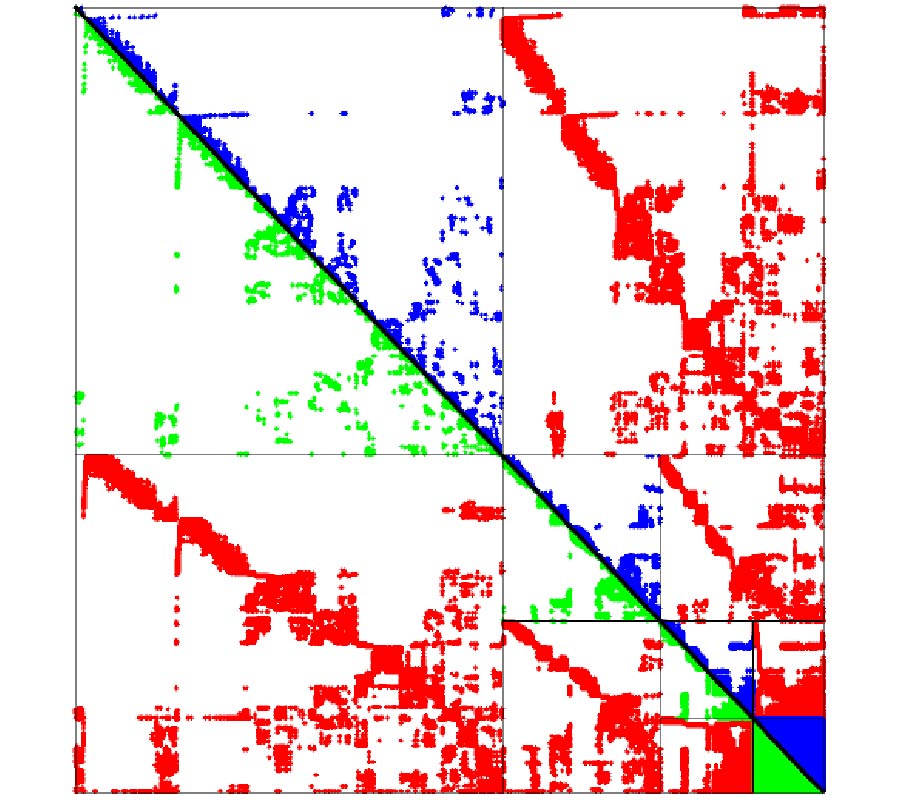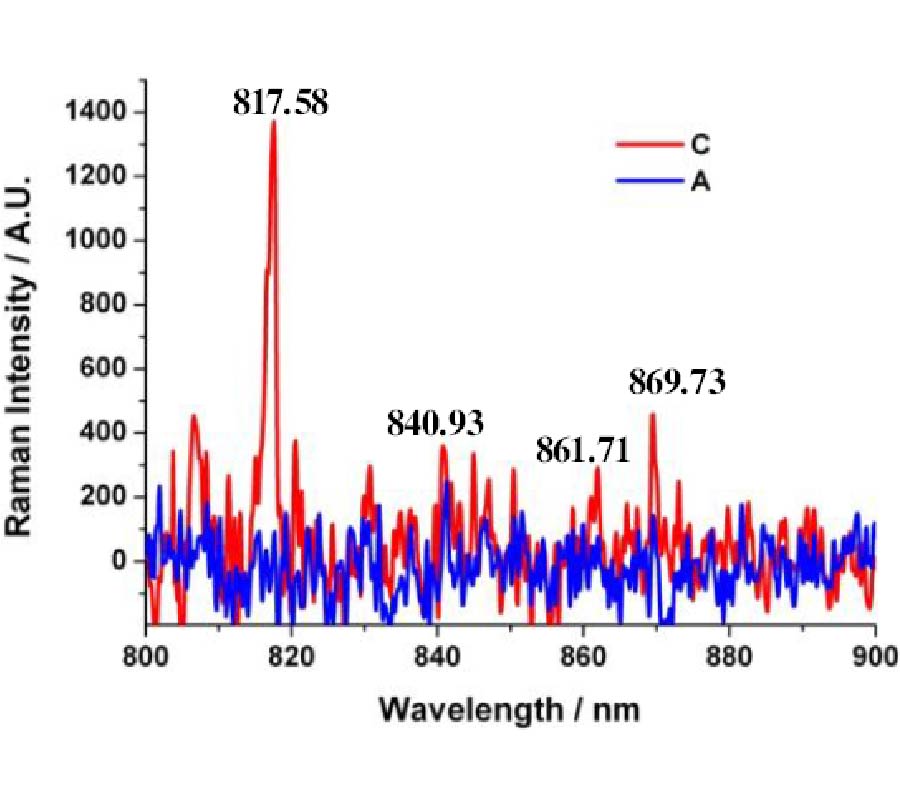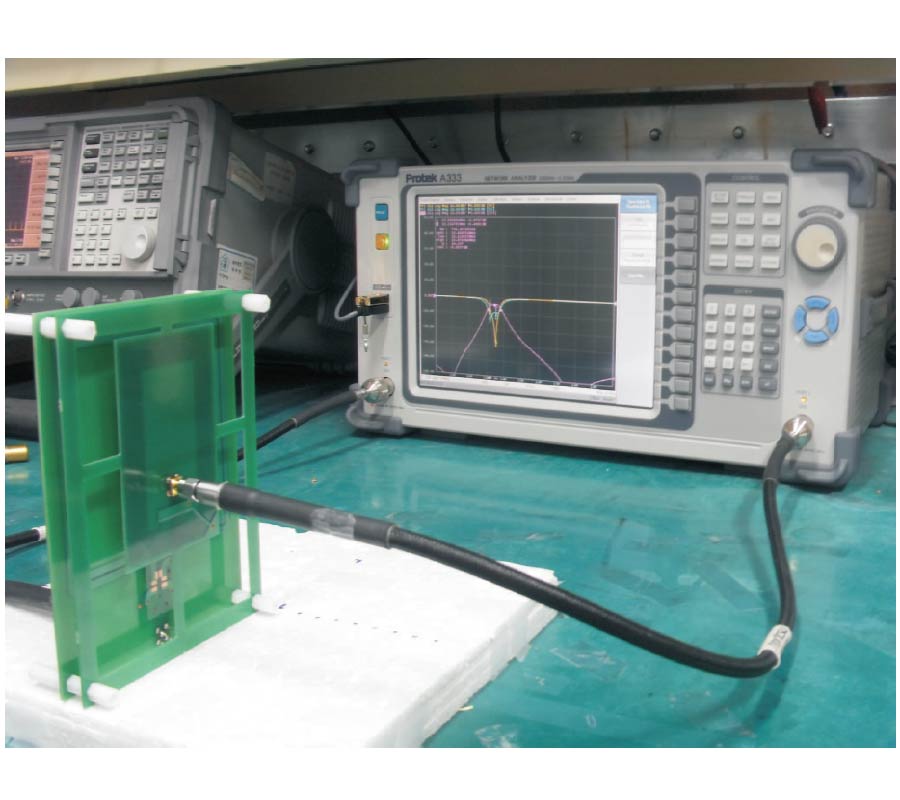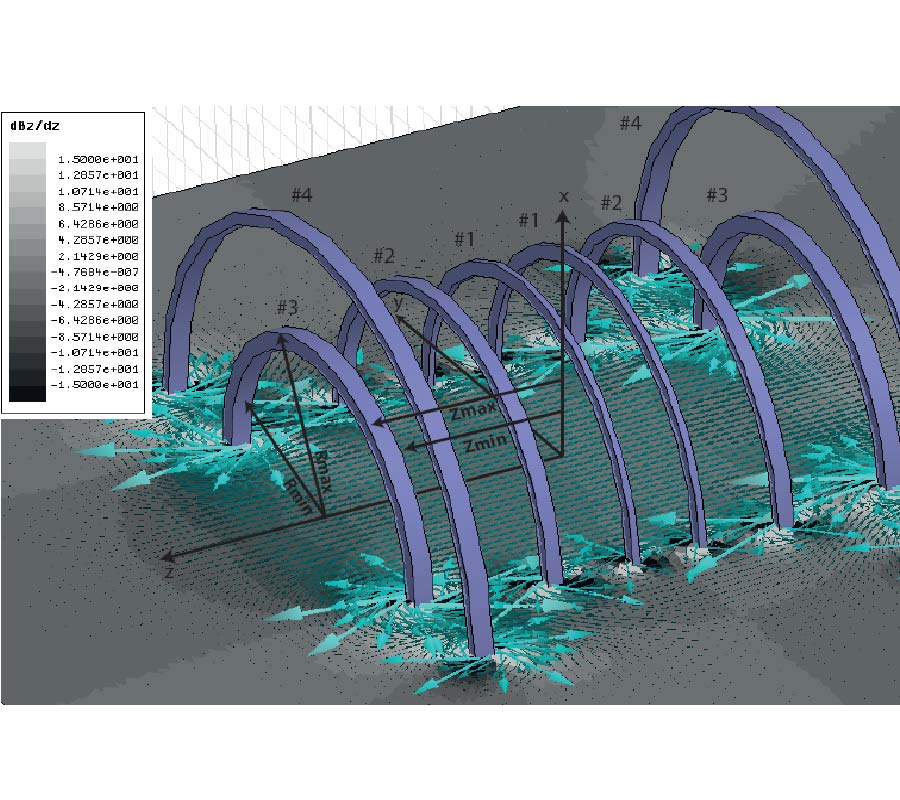A Hybrid Implicit-Explicit Spectral FDTD Scheme for Oblique Incidence Problems on Periodic Structures
Yunfei Mao,
Bin Chen,
Hao-Quan Liu,
Jing-Long Xia and
Ji-Zhen Tang
This paper combines a hybrid implicit-explicit (HIE) method with spectral finite-difference time-domain (SFDTD) method for solving periodic structures at oblique incidence, resulting in a HIE-SFDTD method. The new method has the advantages of both HIE-FDTD and SFDTD methods, not only making the stability condition weaker, but also solving the oblique incident wave on periodic structures. Because the stability condition is determined only by two space discretizations in this method, it is extremely useful for periodic problems with very fine structures in one direction. The method replaces the conventional single-angle incident wave with a constant transverse wave-number (CTW) wave, so the fields have no delay in the transverse plane, as a result, the periodic boundary condition (PBC) can be implemented easily for both normal and oblique incident waves. Compared with the ADI-SFDTD method it only needs to solve two untridiagonal matrices when the PBC is applied to, other four equations can be updated directly, while four untridiagonal matrices, two tridiagonal matrices, and six explicit equations should be solved in the ADI-SFDTD method. Numerical examples are presented to demonstrate the efficiency and accuracy of the proposed algorithm. Results show the new algorithm has better accuracy and higher efficiency than that of the ADI-SFDTD method, especially for large time step sizes. The CPU running time for this method can be reduced to about 45% of the ADI-SFDTD method.
